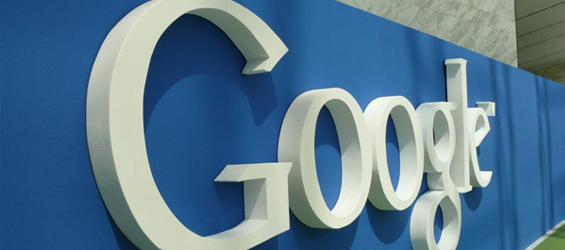

Photo Credit: meneamecomunicacions/flickr
This past month, Google began to phase out the sponsored ads that normally appear in the right hand sidebar of the search engine results pages. Usually, Google’s ads are shown in a variety of positions, including the top, bottom and right-hand locations.
With the removal of the sidebar ads, Google will now only show 1-4 ads above the fold, depending on the query, and place the rest at the bottom of the page.
Google says that this change – which they are saying is global and permanent – is a result of low engagement with those sidebar ads. The new direction is designed for queries that express a high intention to buy and that they will continue to make tweaks. Google is constantly working toward a layout that provides more relevant search results for searchers, and better performance for advertisers.
By cleaning up the results page layout, Google hopes to drive greater engagement with the ads that are displayed. Ads that are not in the top four positions should expect to see a drop in click-through-rate (CTR). The update is limited to desktop and tablet results, so mobile advertising should remain unaffected, while desktop and tablet traffic may see a dramatic change.
So how should search engine marketers prepare? Be ready for fluctuations in clicks, visits and impressions, both paid and organic. Monitor these results and adjust accordingly; some brands may find it unnecessary to continue paying for search results ads – perhaps investing more in organic SEO – while others may see benefits in investing in a higher different ad position.
We are interested in learning more about what this update will mean for advertisers as time passes. As more updates roll out, it’s clear that Google has a high interest in the relevance and quality of user experience.

